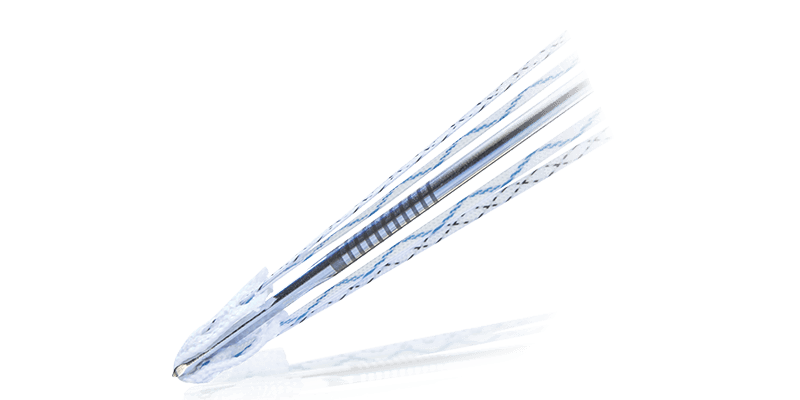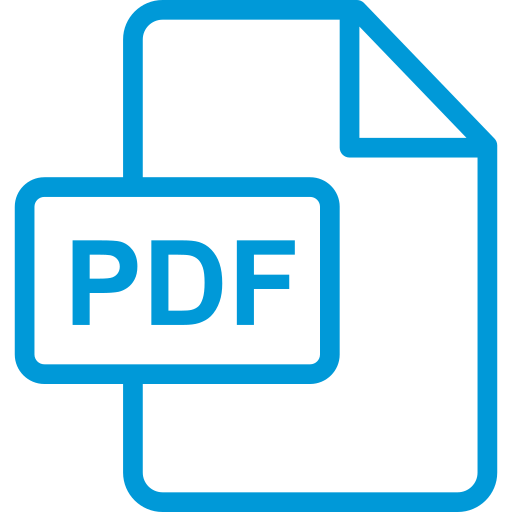Y-Knot® RC All-Suture Anchor, 2.8mm, two #2 Hi-Fi® Sutures
| CAT # |
YRC02 |
| Size |
2.8mm |
| Loaded with |
Two #2 Hi-Fi® Sutures (one Blue, one White/Black) |
Y-Knot® RC All-Suture Anchor, 2.8mm, three #2 Hi-Fi® Sutures
| CAT # |
YRC03 |
| Size |
2.8mm |
| Loaded with |
Three #2 Hi-Fi® Sutures (one Blue, one White/Black, one White/Blue) |
Y-Knot® RC with Tape, 2.8mm, one blue Hi-Fi Tape, one #2 solid blue Hi-Fi Suture
| CAT # |
YRC02STA |
| Size |
2.8mm |
| Loaded with |
One blue Hi-Fi Tape and one #2 solid blue Hi-Fi Suture |
Y-Knot® RC with Tape, 2.8mm, one white/black Hi-Fi Tape, one #2 solid blue Hi-Fi Suture
| CAT # |
YRC02STB |
| Size |
2.8mm |
| Loaded with |
One white/black Hi-Fi Tape, one #2 solid blue Hi-Fi Suture |
Y-Knot® RC All-Suture Anchor, 2.8mm, one White/Blue Ribbon, one Blue Ribbon
| CAT # |
YRC02R |
| Primary Technique |
Self Punching |
| Size |
2.8mm |
| Loaded with |
One White/Blue Ribbon and one Blue Ribbon |
Y-Knot® RC All- Suture Anchor, Size 2.8mm, one White/Blue Ribbon, one Blue Ribbon, one White/Black Ribbon
| CAT # |
YRC03R |
| Primary Technique |
Self Punching |
| Size |
2.8mm |
| Loaded with |
One White/Blue Ribbon, One Blue Ribbon, and One White/Black Ribbon |
Y-Knot® Pro RC Anchor, Size 2.8mm, two #2 Hi-Fi® (one Blue, one White/Black)
| CAT # |
YPRC02 |
| Size |
2.8mm |
| Loaded with |
Two #2 Hi-Fi® (one Blue, one White/Black) |
Y-Knot® Pro RC Anchor, Size 2.8mm, three #2 Hi-Fi® (1 Blue, 1 White/Black, 1 White/Blue)
| CAT # |
YPRC03 |
| Size |
2.8mm |
| Loaded with |
Three #2 Hi-Fi® (1 Blue, 1 White/Black, 1 White/Blue) |
Y-Knot® Pro RC Anchor, 2.8mm, one white/black Hi-Fi Tape, one #2 solid blue Hi-Fi Suture
| CAT # |
YPRCTW |
| Size |
2.8mm |
| Loaded with |
One white/black Hi-Fi Tape, one #2 solid blue Hi-Fi Suture |
Y-Knot® Pro RC Anchor, 2.8mm, One blue Hi-Fi Tape, one #2 White/blue/black Hi-Fi Suture
| CAT # |
YPRCTB |
| Size |
2.8mm |
| Loaded with |
One blue Hi-Fi Tape and one #2 White/blue/black Hi-Fi Suture |
Y-Knot® Pro RC Anchor, Size 2.8mm, one White/Blue Ribbon, one White/Black Ribbon
| CAT # |
YPRC02R |
| Size |
2.8mm |
| Loaded with |
One White/Blue Ribbon and one White/Black Ribbon |
Y-Knot® Pro RC Anchor, Size 2.8mm, one White/Blue Ribbon, one Blue Ribbon, one White/Black Ribbon
| CAT # |
YPRC03R |
| Size |
2.8mm |
| Loaded with |
One White/Blue Ribbon, one Blue Ribbon, and one White/Black Ribbon |
Y-Knot® RC Disposable Broaching Punch, 2.8mm
| CAT # |
Y-DBP28 |
| Size |
2.8mm (sterile) |
| Disposable |
Yes |
Y-Knot® RC Broaching Punch, 2.8mm
| CAT # |
Y-BP28 |
| Size |
2.8mm |
| Disposable |
No |
Y-Knot® RC Disposable Drill Bit, 2.8mm
| CAT # |
Y28D |
| Size |
2.8mm |
| Disposable |
Yes |
Y-Knot® RC Drill Guide Obturator
| CAT # |
Y-OBRC |
| Type |
Obturator |
Y-Knot® RC In-line Drill Guide (can be used with 4.0mm, 4.75mm, and 5.5mm drill bits)
| CAT # |
Y-DGRCA |
| Size |
4.0mm, 4.75mm, and 5.5mm |
Y-Knot® RC Slotted Drill Guide (Used with YRC02N and YRC03N)
Y-Knot® RC with Needles, 2.8mm, two #2 Hi-Fi® (one Blue, one White/Black)
| CAT # |
YRC02N |
| Size |
2.8mm |
| Loaded with |
Two #2 Hi-Fi® (one Blue, one White/Black) |
Y-Knot® RC with Needles, 2.8mm, three #2 Hi-Fi® (one Blue, one White/Black, one White/Blue)
| CAT # |
YRC03N |
| Size |
2.8mm |
| Loaded with |
Three #2 Hi-Fi® (one Blue, one White/Black, one White/Blue) |


